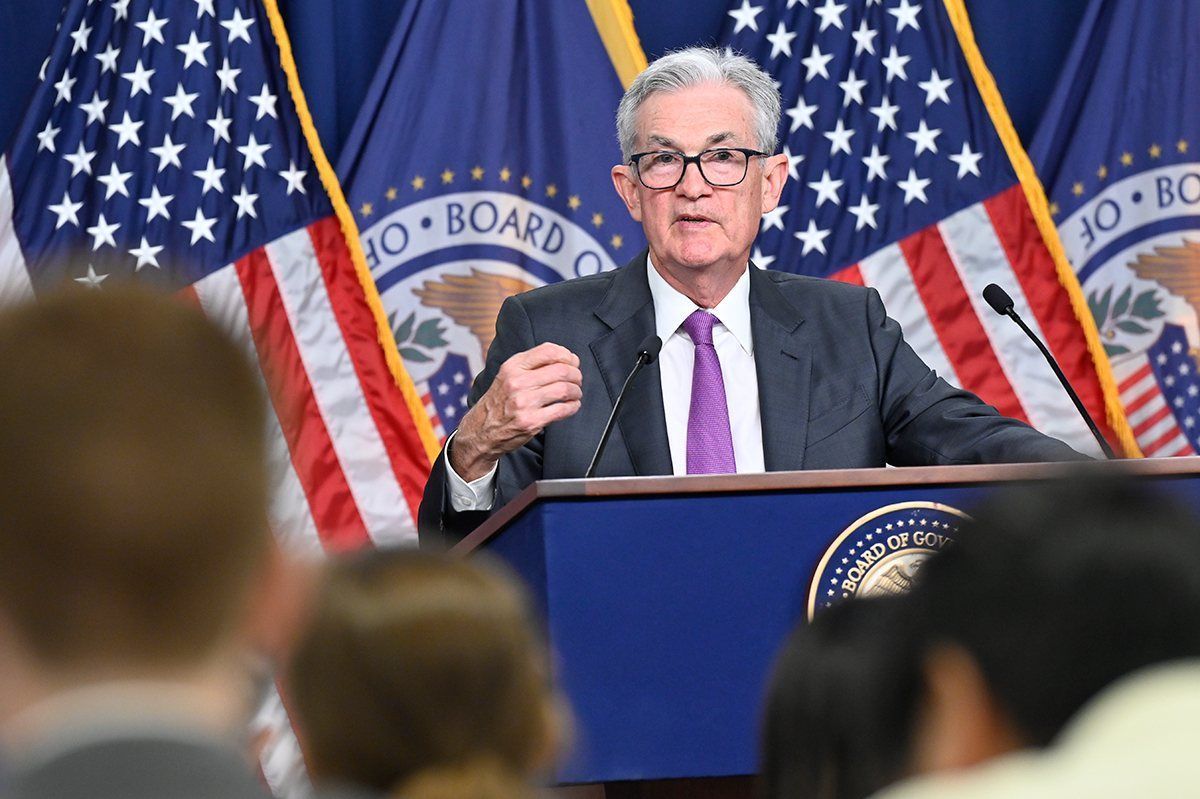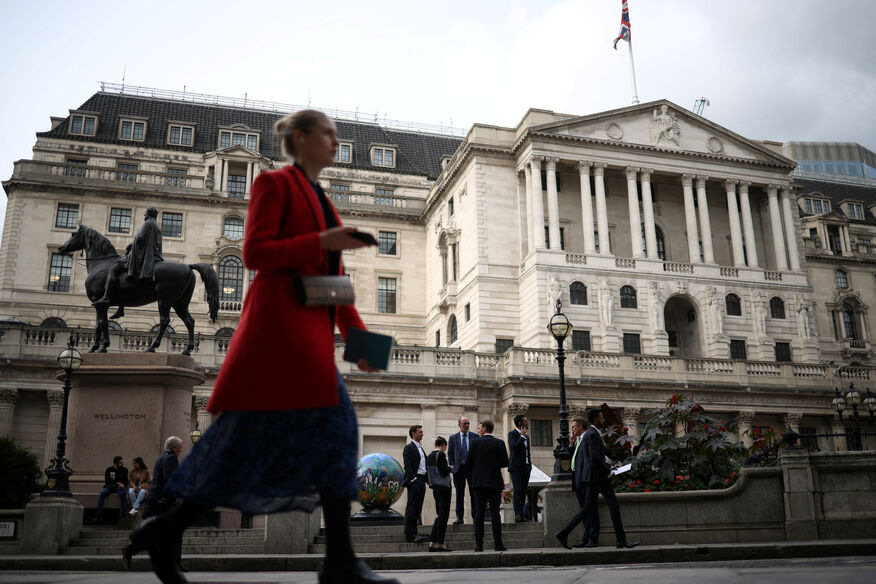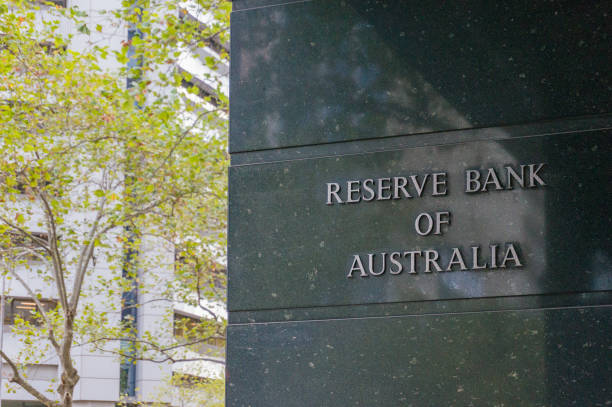The US Fed Cuts Rates Again: 4 Key Takeaways from Powell’s Latest Move


TradingKey - The US Federal Reserve (Fed) yesterday announced its second consecutive rate cut, trimming the federal funds rate by 25 basis points (bps) to a range of 4.50% to 4.75%.
Investors eagerly awaited Federal Reserve Chair Jerome Powell's press conference for hints on the central bank's next steps, especially in the wake of Donald Trump’s re-election.
Despite the Federal Reserve’s 25 bp rate cut, US stock markets largely held steady, with minimal changes from pre-announcement levels. Following the policy update, the Dow Jones dipped slightly by 0.03%, while the S&P 500 and Nasdaq saw modest gains of 0.65% and 1.4%, respectively.
During the press conference, Powell declined to confirm whether another reduction is on the table for December, signalling that the Fed will closely watch economic indicators in the weeks ahead.
Here are four key takeaways from Powell’s latest comments and what they mean moving forward for investors.
1.Balanced stance on economic risks
Powell emphasised that the Fed is “attentive to the risks to both sides” of its dual mandate: stable prices and maximum employment. Inflation is moving closer to the Fed’s 2% goal, while the labor market has softened from its recent highs.
Powell acknowledged that while inflation is showing signs of easing, some areas, particularly services, remain “sticky.” Labour conditions are also “less tight” than before the pandemic, pointing to a gradual shift towards stability.
2.December rate cut decision still in question
Although the Fed left the door open for another rate cut in December, Powell was careful to avoid making any firm commitments. He stressed the importance of forthcoming economic data, including inflation and labour market figures, which will be crucial in guiding the Fed’s next steps.
This cautious approach allows the Fed the flexibility to respond as conditions evolve, either by adjusting rates further or pausing its rate cutting cycle if the economy stabilises.
3.Powell stands firm on Fed’s independence
With Trump back in the White House, questions arose about the potential for political pressure on the Fed.
Powell, however, was firm in his response, stating that he would not step down if asked by an incoming President Trump and reminding investors that the president does not have the authority to remove the Fed Chair.
Powell, whose term extends through 2026, affirmed his commitment to maintaining the Fed’s independence despite any external pressures.
4.Fed signals gradual move toward “neutral” policy levels
Chairman Powell described the current policy stance as “still restrictive” but moving towards a neutral level, suggesting a balanced approach that neither accelerates nor restricts economic activity.
He also hinted that the Fed could slow its rate-cutting pace as it approaches this neutral level, aiming to support growth without overheating the economy.
Market outlook: All eyes on December
With no firm commitment to a December rate cut, investors will be closely watching both the labour market and inflation reports for clues about the Fed’s next move.
Analysts expect the Fed to adopt a cautious stance going into 2025, reassessing the need for further cuts or a pause based on how the economy responds.
Powell’s “wait and see” approach leaves room for the Fed to act as needed while considering the delicate balance between fostering growth and maintaining economic stability.
Fed’s cautious path leaves future rate moves open
As the Fed navigates a changing economic landscape, its measured approach underscores a commitment to stability. By carefully monitoring labour and inflation data, the central bank is positioned to adjust policy as needed while avoiding abrupt shifts.
With the December meeting on the horizon, the Fed’s emphasis on flexibility and data-driven decisions aim to balance growth with price stability, even amid renewed political uncertainty.
This balanced, “data dependent” stance suggests that the Fed is ready to adapt to any economic developments that could arise.






